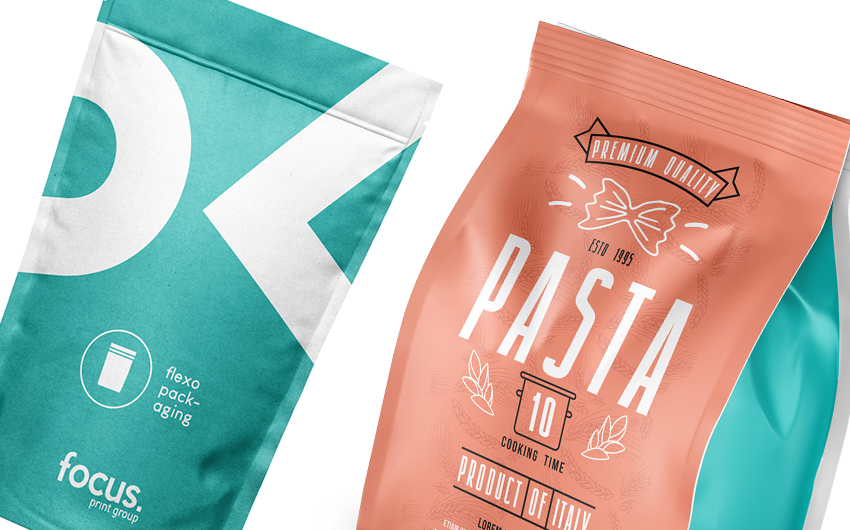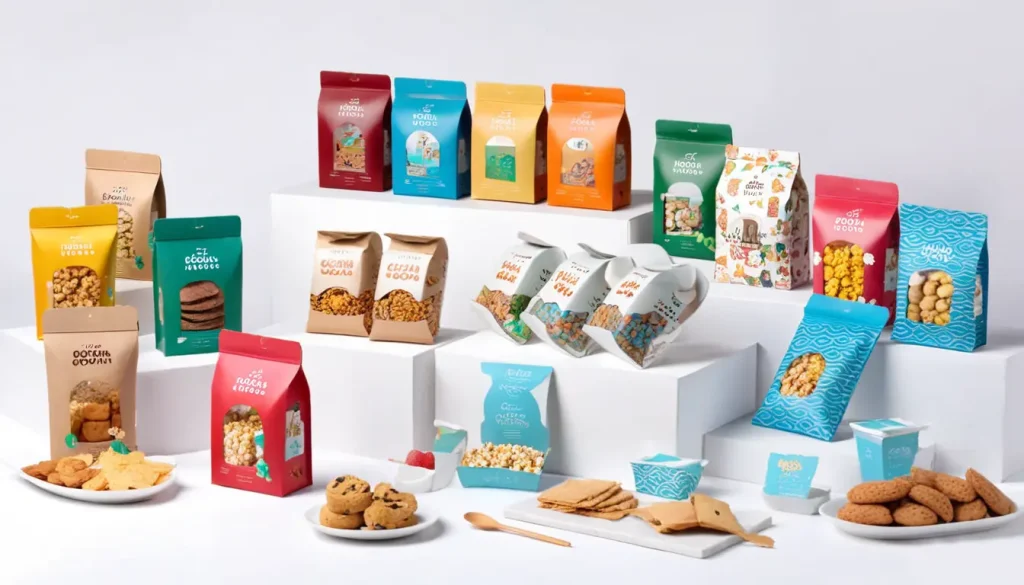In recent years, the significance of food safety has gained tremendous attention, particularly due to the increasing awareness among consumers and the stringent regulations imposed by authorities. Among the various components ensuring food safety, food safe inks play a pivotal role in maintaining the integrity of food packaging. However, many misconceptions surround these inks, leading to confusion and mistrust among consumers and manufacturers alike. This article aims to debunk the common myths about food safe inks and provide clarity on their true nature and benefits.

Understanding Food Safe Inks
Before diving into the myths, it is essential to understand what food safe inks are. These inks are specifically formulated to minimize the risk of ink migration into food products, ensuring that the packaging is safe for consumers. They adhere to strict regulations set by food safety authorities, making them a reliable choice for packaging manufacturers.
Myth 1: Food Safe Inks Are Not Truly Safe
One of the most prevalent myths is that food safe inks are not genuinely safe. This misconception stems from the belief that all inks contain harmful chemicals that can leach into food. However, food safe inks undergo rigorous testing and adhere to guidelines established by regulatory bodies like the FDA and EU. These inks are designed to prevent chemical migration, ensuring that the food remains uncontaminated.
Myth 2: All Inks Are the Same
Another common myth is that all inks used in packaging are the same. This is far from the truth. Food safe inks are distinct in their formulation and application compared to regular inks. They are made using different raw materials and processes to ensure their safety and compliance with food safety standards.
Myth 3: Food Safe Inks Affect Packaging Performance
Many believe that using food safe inks compromises the quality and performance of packaging. However, these inks are engineered to maintain high-quality print results while ensuring food safety. Advances in ink technology have made it possible to achieve vibrant colors and excellent print performance without compromising safety.
The Role of Regulations in Ensuring Safety
Regulatory bodies play a crucial role in ensuring the safety of food packaging inks. These organizations set stringent guidelines that manufacturers must follow to certify their inks as food safe. Compliance with these regulations is mandatory, ensuring that the inks do not pose any risk to consumers.
Ensuring Compliance with Food Safety Standards
Manufacturers of food safe inks must adhere to various international standards and certifications. These include ISO, FDA, and EU regulations, which ensure that the inks are free from harmful substances and safe for use in food packaging. Regular audits and quality checks are conducted to maintain compliance with these standards.
Innovation in Ink Technology
The field of ink technology is continuously evolving to meet the growing demand for safer and more sustainable packaging solutions. Innovations in food safe inks focus on using eco-friendly materials and reducing the carbon footprint of packaging processes. These advancements ensure that food packaging remains safe, efficient, and environmentally responsible.
The Importance of Food Safe Inks in Marketing and Branding
For marketing professionals, the use of food safe inks is not just about compliance but also about building brand reputation. Consumers today are more conscious of the safety and sustainability of the products they purchase. Using food safe inks can enhance brand credibility and foster consumer trust.
Impact on Brand Reputation
Brands that prioritize food safety by using certified inks demonstrate their commitment to consumer well-being. This not only enhances their reputation but also differentiates them from competitors. With increasing competition in the market, maintaining a positive brand image is crucial for success.
Marketing Strategies for Promoting Food Safety
Marketing professionals can leverage the safety and sustainability aspects of food safe inks in their campaigns. Highlighting these features in packaging and advertising materials can attract environmentally conscious consumers and create a loyal customer base.
Challenges and Solutions in the Adoption of Food Safe Inks
Despite the benefits, there are challenges in adopting food safe inks. These include cost implications, availability of raw materials, and the need for specialized equipment. However, with the growing demand for safe packaging, these challenges are being addressed through innovation and collaboration within the industry.
Overcoming Cost Barriers
The cost of producing food safe inks can be higher than that of regular inks due to the stringent regulations and testing required. However, economies of scale and technological advancements are helping to reduce these costs, making food safe inks more accessible to manufacturers.
Ensuring Consistent Supply
Another challenge is ensuring a consistent supply of raw materials for producing food safe inks. Manufacturers are exploring alternative sources and materials to ensure a steady supply chain, minimizing disruptions in production.
Looking Ahead: The Future of Food Safe Inks
The future of food safe inks looks promising, with continuous advancements in technology and growing awareness about food safety. As the demand for safe and sustainable packaging increases, the industry is expected to witness significant growth and innovation in the coming years.
Emerging Trends in Ink Technology
Emerging trends in ink technology include the development of biodegradable and compostable inks, which align with the global shift towards sustainability. These innovations not only ensure food safety but also contribute to reducing environmental impact.
The Role of Collaboration in Advancing Food Safety
Collaboration among stakeholders, including ink manufacturers, packaging companies, and regulatory bodies, is crucial for advancing food safety. By working together, the industry can address challenges and drive innovation in food safe inks.
Conclusion
In conclusion, debunking the common myths about food safe inks is essential for fostering understanding and trust among consumers and manufacturers. These inks play a vital role in ensuring food safety and sustainability, making them a critical component of modern packaging solutions. As the industry continues to evolve, embracing innovation and collaboration will be key to advancing food safety and meeting consumer expectations.

FAQs
What are food safe inks?
Food safe inks are specially formulated inks designed to prevent ink migration into food products, ensuring the safety and integrity of food packaging.
Are all food packaging inks safe?
Not all inks used in food packaging are food safe. It is important to use inks that comply with regulatory standards and are certified as safe for use in food packaging.
How can I ensure the inks used in my packaging are food safe?
To ensure the inks used in your packaging are food safe, choose inks that comply with international standards and certifications such as ISO, FDA, and EU regulations. Regular audits and quality checks can also help maintain compliance.
For more information on reducing ink migration and ensuring food safety, check out this external resource. Additionally, you can explore how marketing food safety can enhance brand reputation and consumer trust.
This article contains affiliate links. We may earn a commission at no extra cost to you.






